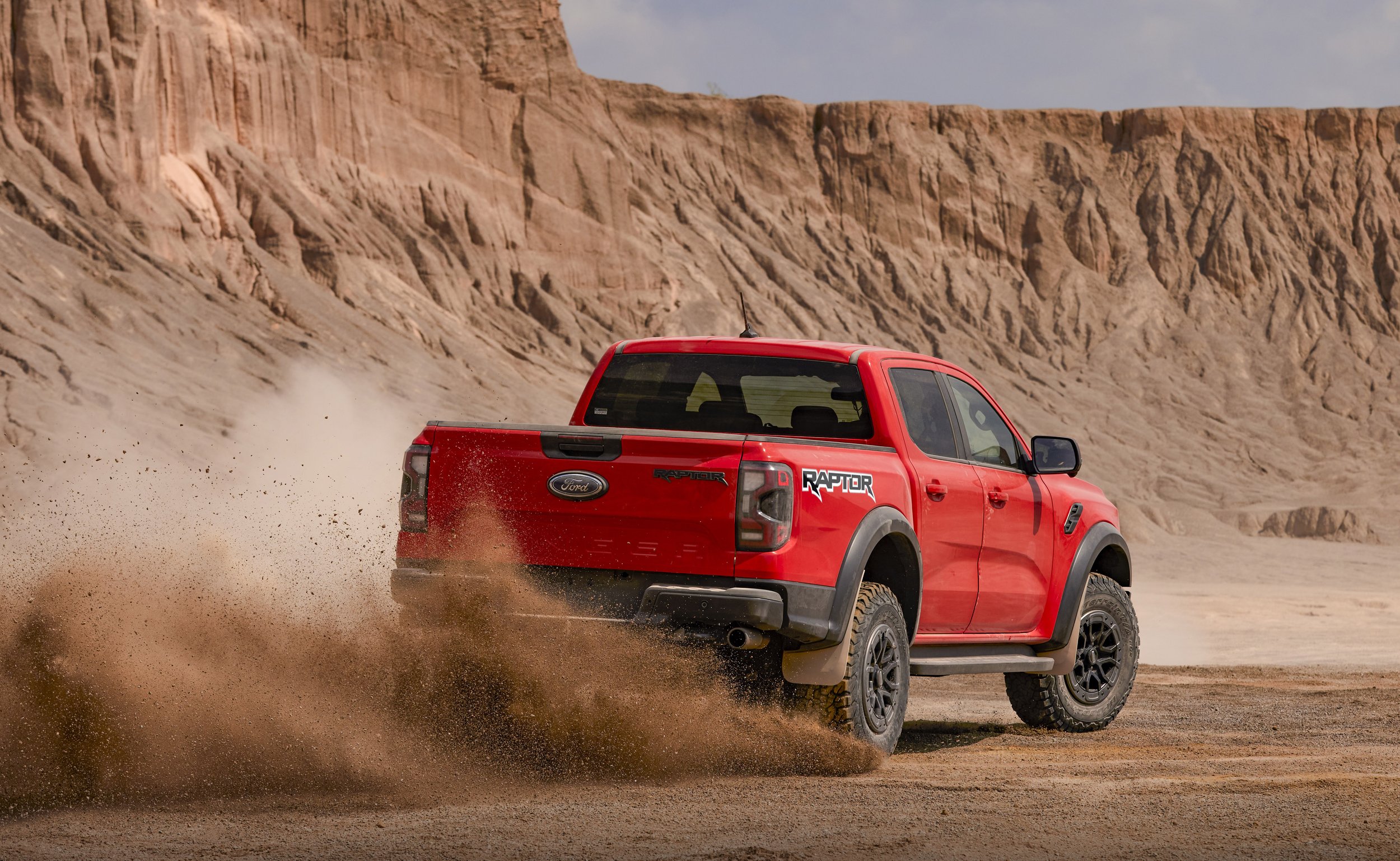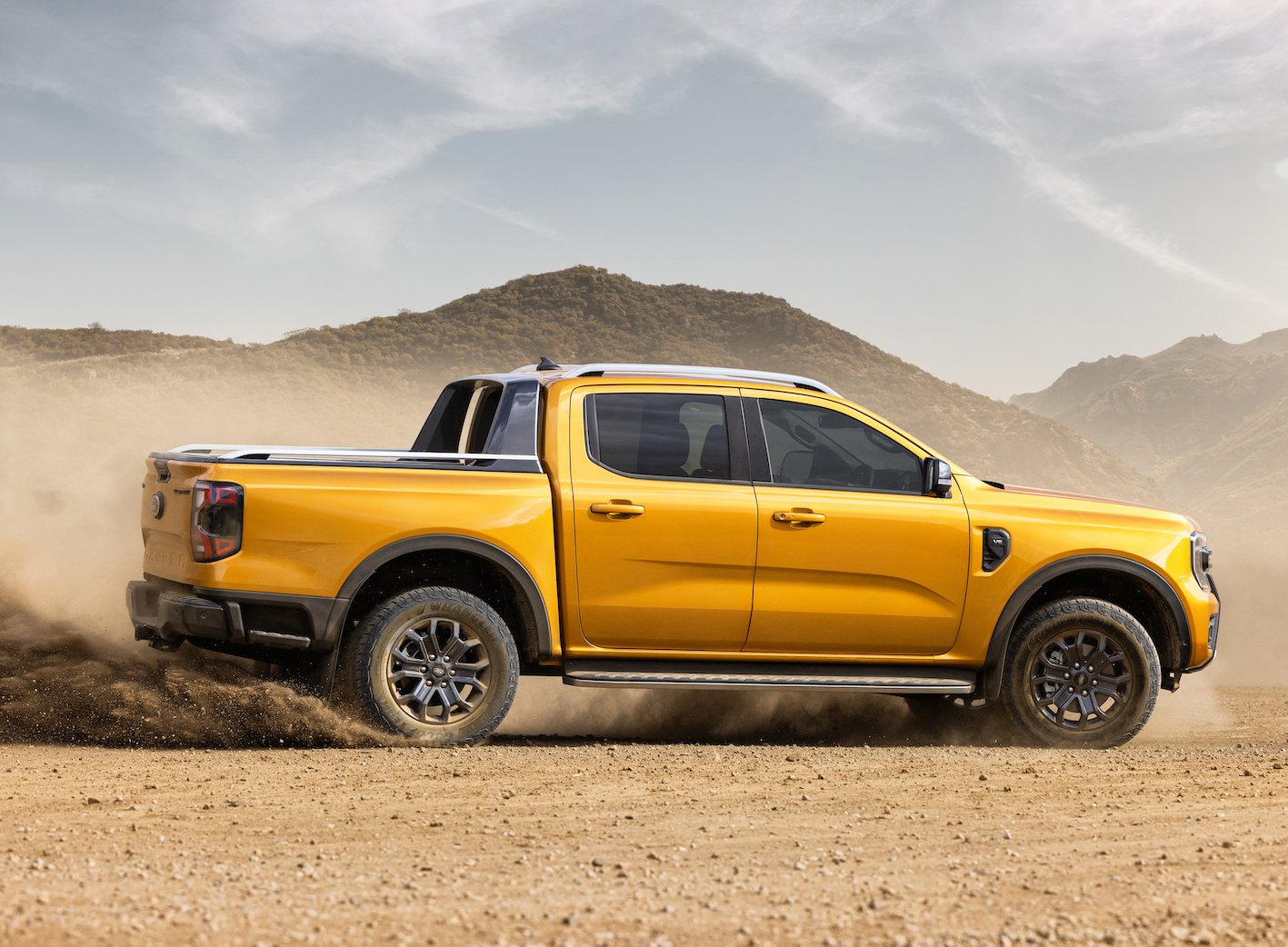New Ranger on sales rampage
/Pre-sale action has overwhelmed supply chain and kicks dirt in the face of Clean Car.
KIWI Ranger fans are demonstrating single finger defiance to the controversial ute tax, with massive pre-availability buy-in for the new model – including high interest in the Raptor, a CO2 black heart.
The new T6.2 has barely arrived, and though some customers have received vehicles, in the main dealers are only holding demonstrators and the media launch that usually spurs public interest isn’t until late next week.
Yet Ranger doesn’t seem keen to wait - it’s already on a sales rampage.
Pre-order activity has hit 3500 Kiwi sign-ups; an interest equating to a quarter of the volume that took the previous generation to No.1 new model in 202.
The early bird buy-in has been enough to overwhelm the supply chain.
Any of the long-popular doublecab variants ordered now won’t be built in the factory in Thailand until February. Even the basic workhorse editions are subject to a three month wait time.
Between 450 and 500 of those advance orders are for the flagship Raptor, a hotrod version set to arrive in September-October.
The model’s twin turbocharged 3.0-litre V6 is the first petrol engine for a Ranger, chosen because it makes more horsepower – a stonking 292kW – than any other ute here. Torque of 583Nm is also considerable, though the V6 diesel also coming to the T6.2 family has even more.
Ford is calling Raptor a race-bred model whose engine, plucked from a US-specific Ford Bronco Raptor (which bases on the same underpinning), and other enhancements will spit dirt into the grilles of all class competitors.
Yet Raptor is also picking a fight with Clean Car, popularly known as ute tax because Government specifically identified one-tonne traydecks as high priority retirements from the roadscape.
The Beehive has since April 1 penalised all new models with CO2 counts from 192 grams per kilometre.
All combustion engine utes are in that category – every Ranger included – but the Ford’s V6 engines are dirtier than preceding choices and the petrol way more than the others. It sets no good example with a CO2 count of 292 grams per kilometre.
That’s considerably above the output from old model’s four-cylinder 2.0-litre biturbo diesel, which remains in service but more as a second-tier choice, and also the 3.0-litre turbodiesel that is very likely to be the highest volume choice.
The Raptor engine also has a mean thirst. The official overall consumption claim from Ford appears to be 11.5 litres per 100km, a big increase over the 8.2L/100km of the outgoing edition and 8.4L/100km cited for the V6 turbodiesel, and it might yet worsen when worked out to NZ’s WLTP3 measurement. That lends a theoretical driving range of 695km, against 952km out of a similar 80-litre tank in the V6 diesel or 976km for the outgoing Raptor.
The emissions output is politically less palatable as it means the new performance-themed edition is slugged with a $5175 emissions penalty, which effectively pushes its price to $95,160, a new high for Ranger buy-in.
The next most expensive Ranger is a Wildtrak packing the 184kW/600Nm 3.0-litre V6 turbodiesel. It’s $8500 below on list price (and carries a $3910 penalty).
Rush on Raptor could well be consumer recognition that, as bad as it looks now, the price might only get worse.
Clean Car takes a new direction from January 1, 2023. From then distributors also have to contribute to the Government pot, with emissions levies that will incrementally increase annually. The severity of those costs will be determined by what fleet-wide CO2 averages are achieved by brands; the more low-emissions vehicles they can get, the less pain they feel.
Electric-involved vehicles with low enough emissions to achieve rebates are an ace card. Ford intends to have eight of these here by 2025 and announced yesterday that its first fully electric car, the zero emissions Mustang Mach-E, will arrive early next year, perhaps as soon as March.
Notwithstanding, there is every chance the big polluters will still carry an emissions burden running to thousands of dollars, and it seems probable at least some of that will be passed on to customers. Regardless, some industry onlookers believe the likes of Raptor could, within a few years, be too expensive to provision.
Government is encouraging the new vehicle industry to meet a 139g/km target from next year, and 105g/km in 2025. When it announced Clean Car, it gave as an example what would happen if, from 2025, a distributor imported new cars with average emissions of 171g/km (the average for all passenger cars on the road in 2020). It said that distributor would need to pay a penalty of $4950 per vehicle.
Several months ago Ford NZ expressed belief it’s whole of fleet CO2 average will be just 128 grams per kilometre. Its light commercial CO2 average for 2021, however, was 235g/km - 53g/km above the national new car fleet average.
In respect to the Ranger scenario, Ford New Zealand has offered that these were challenging times for utes.
It said the interest in Ranger in particular reinforced its argument that utes were still a necessity in this country, because they best met a multitude of work and lifestyle requirements.
However, it acknowledged that Raptor was perhaps in a different category, being designed far more for play than work and themed toward the Ford Performance side. That’s assuredly driving Kiwi desire.
In respect to industry conjecture that there was a push to get as many pre-ordered Raptors into New Zealand ahead of January 1, spokesman Tom Clancy offered: “We’re trying to get them as soon we can, regardless of what the Clean Car impact is.
“With any vehicle coming in, we’re trying to keep customers fully across the delivery times. Like a lot of manufacturers, we are doing what we can to get vehicles here, as we have supply and delivery challenges across the board.
“The Clean Car is one thing, but either way we’re just getting vehicles here as fast as we can.”
Clancy suggested the pre-order interest showed Ranger’s popularity was deeply ingrained. The previous line had been massively popular and, despite what some believed, there is still a significant and genuine need d for utes.
“There are no alternatives for people who want them for work, for towing, for all those uses that utes are designed for.”




















